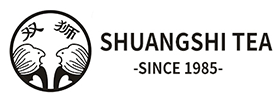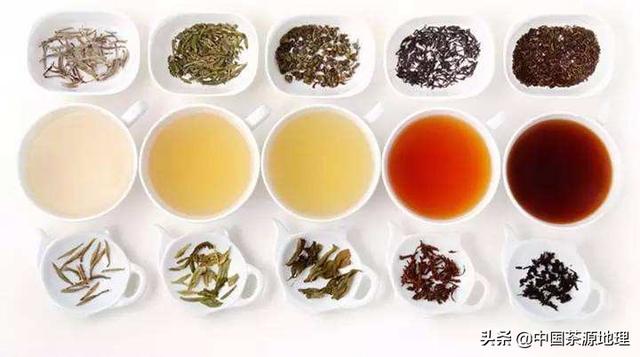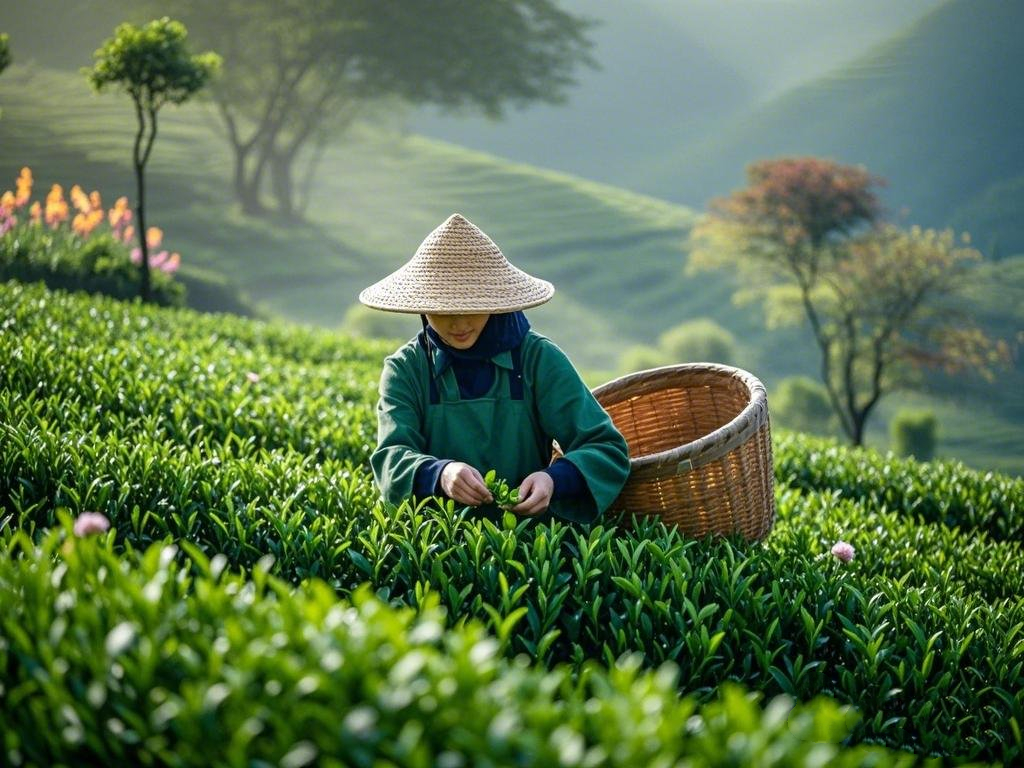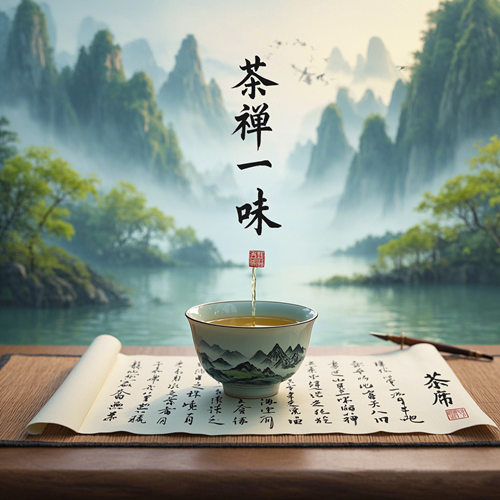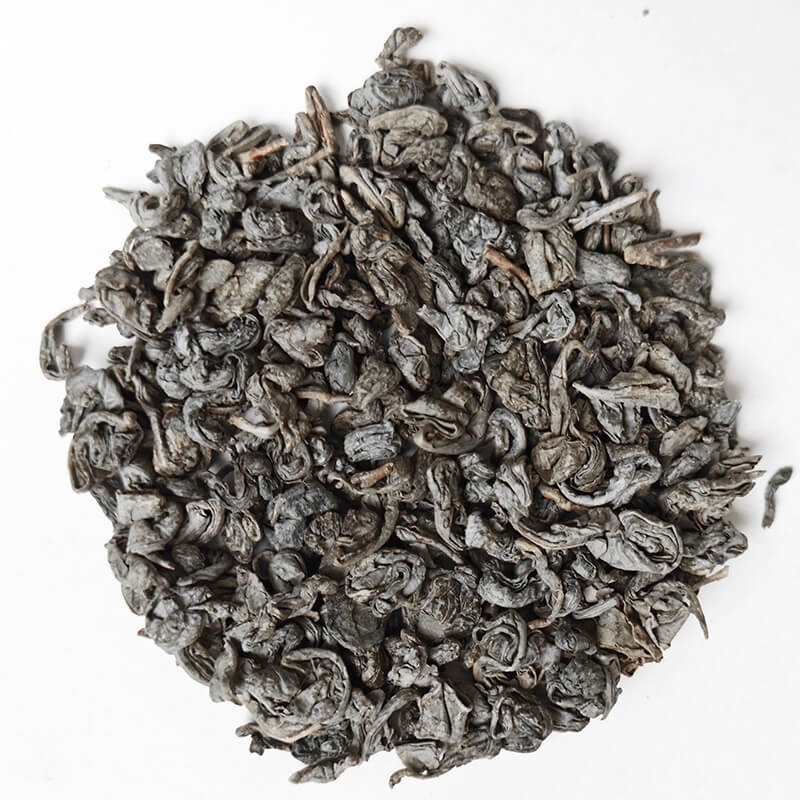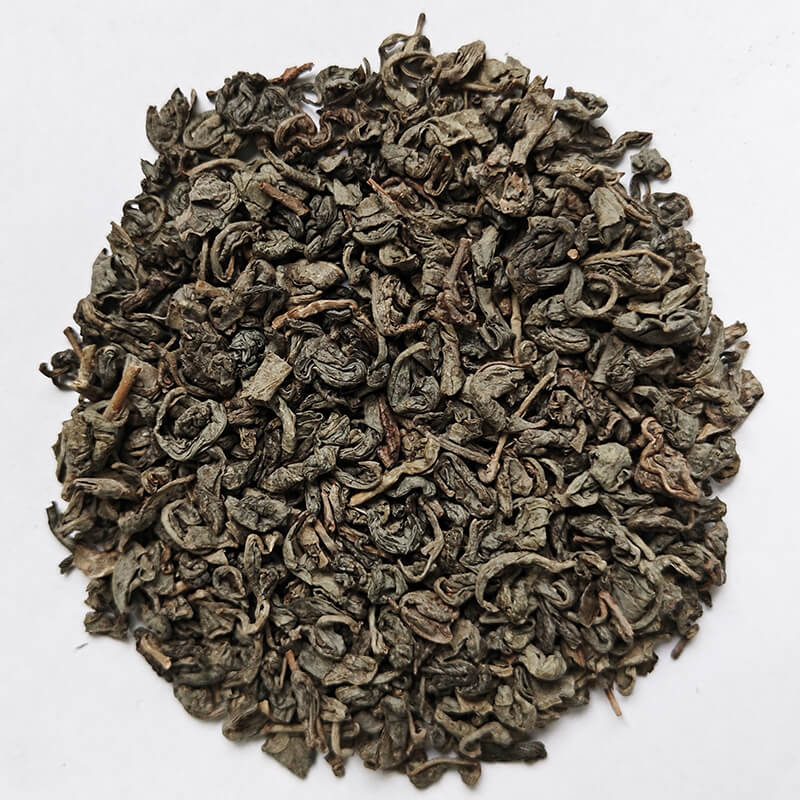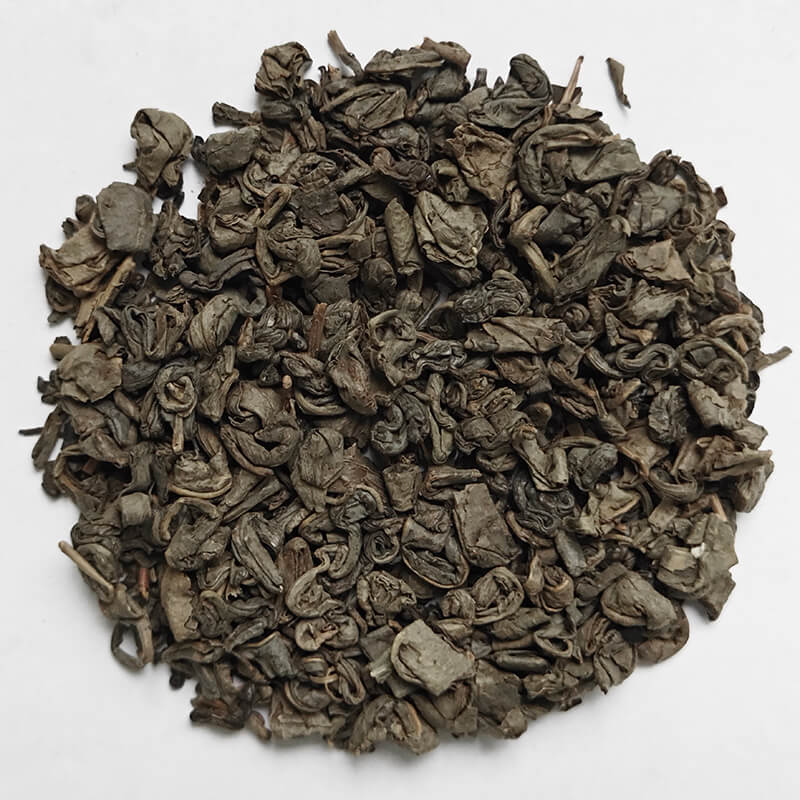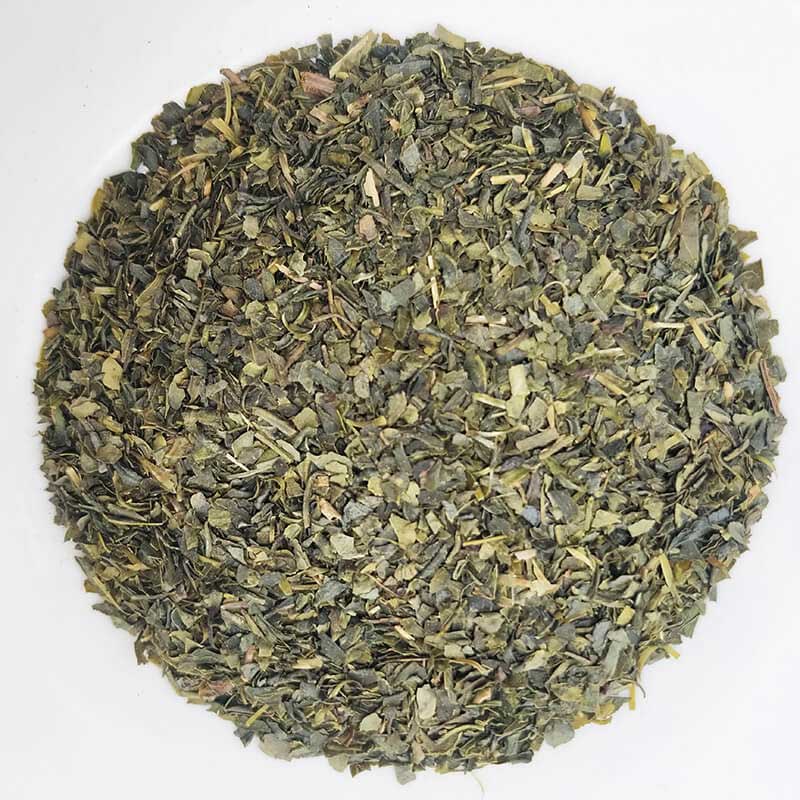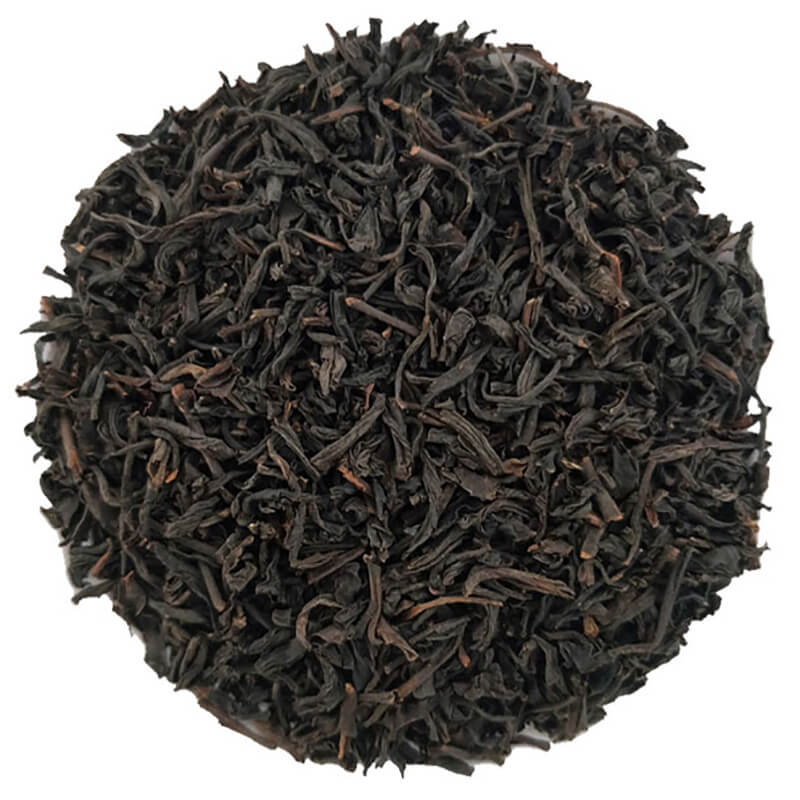In the vast world of beverages, Chinese tea has become one of the most popular beverages in the world with its unique flavour and deep cultural heritage. From the ancient Silk Road to modern international trade, Chinese tea has not only crossed geographical boundaries, but also cultural divides, winning the hearts of people all over the world. In this paper, we will discuss in depth why Chinese tea has become so popular around the world, and incorporate tea-related marketing terms with the characteristics of Google search engine, with a view to better spreading Chinese tea culture in the digital era.
I. Historical origin and cultural heritage
China, as the hometown of tea, has a long and profound history of tea culture, the roots of which can be traced back to the ancient Shennong era, more than 5,000 years ago. In this ancient land, tea is not just a thirst-quenching beverage, it has long been integrated into the daily life of the Chinese people, becoming an indispensable part of it, carrying a rich cultural significance and spiritual support. Lu Yu, the saint of tea in the Tang Dynasty, wrote “The Book of Tea”, which is like a bright light illuminating the development of tea culture. He systematically summarized the valuable experience of tea production and drinking in the Tang Dynasty and before, and put forward the spirit of the tea ceremony, which is like a cornerstone laying a solid foundation for the prosperity of tea culture in the following generations.
The influence of Chinese tea culture goes far beyond the scope of tea making and drinking, like a fine stream, it has penetrated into poetry, painting, calligraphy, religion, medicine and other fields, forming a unique and rich cultural system. This cultural inheritance across time and space makes Chinese tea not only stay at the level of material enjoyment, but also become a spiritual pursuit and cultural identity. Every tea tasting is a baptism of the soul, an opportunity to dialog with the ancients, so that one can feel the weight of history and cultural flavor in the aroma of tea.
II. Tea quality and diversity
When talking about Chinese tea, we have to mention its wide variety and excellent quality. Green tea, white tea, yellow tea, oolong tea (green tea), black tea, black tea, these six categories of tea have their own characteristics, different flavors. Green tea is famous for its clear soup and green leaves, fresh and sweet; white tea is loved for its freshness, elegance and natural purity; yellow tea exudes a unique aroma after micro-fermentation; oolong tea has a mellow flavor after semi-fermentation, with a long sweetness aftertaste; black tea has a full-fermented red soup and red leaves, which warms up the stomach and refreshes the mind; and black tea undergoes a post-fermentation process, which makes it even more profound in its flavor. This diversity not only meets the taste needs of different people, but also brings a wealth of choices to the global tea market.
I have always believed that the “natural purity” of Chinese tea is its greatest attraction. From the tea plantation to the tea cup, every step of the process follows the laws of nature and strives to preserve the flavor and nutrition of the tea leaves in their truest form. At the same time, those tea brands that have been passed down from generation to generation have integrated the spirit of craftsmanship into each piece of tea, making each brew a cultural experience and spiritual enjoyment.
III. International dissemination of tea culture
The road of spreading Chinese tea culture is a silk road full of legend and charm. Whether it was the ancient land Silk Road or the later maritime Silk Road, it witnessed the wide spread of the Chinese tea art, tea ceremony and related philosophical ideas. These ideas, such as “harmony, respect, purity and silence”, not only took root in Japan, Korea, Southeast Asia and other places, but also had a far-reaching impact in Europe and other places.
In Europe, the introduction of Chinese tea not only changed people’s dietary habits, but also promoted changes in social structure. The afternoon tea culture in the UK is a vivid example, which allows people to find a quiet harbor in their busy lives, and also allows the Chinese tea culture to blossom with a new luster in foreign lands. Nowadays, there is a global “tea culture fever”, and more and more people are beginning to pay attention to and love Chinese tea, which is undoubtedly a successful example of the international dissemination of tea culture.
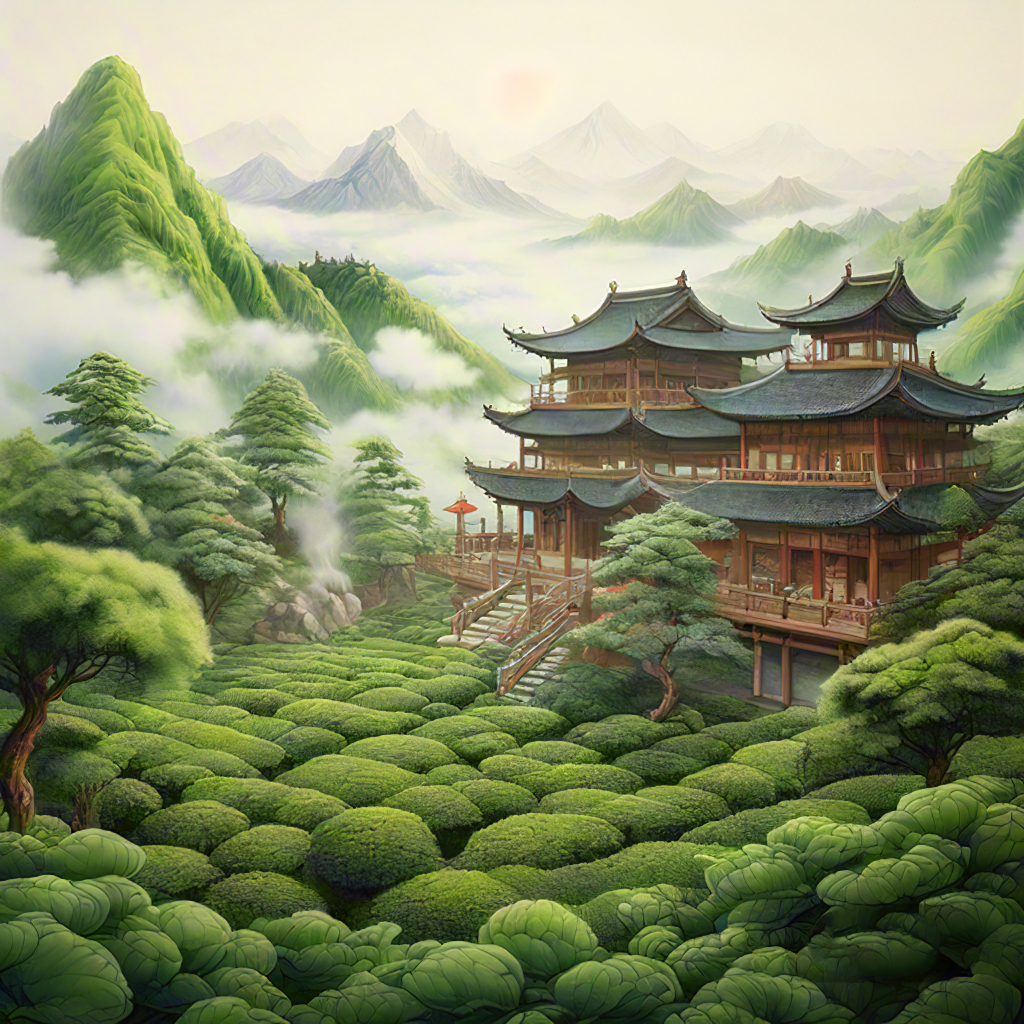
IV. Economic and trade facilitation
Historically, tea has been one of China’s important export commodities and has had a profound impact on international trade. With the acceleration of globalization, Chinese tea has even gone global through the international trade platform and become a popular beverage all over the world. The high quality, diversity and rich cultural connotations of Chinese tea have made it highly competitive in the international market.
As the inheritor of tea culture, I am deeply proud and responsible. I hope that through my efforts, more people will understand the “international brand” and “high value status” of Chinese tea. At the same time, I will actively participate in international tea fairs, tea culture festivals and other activities, in order to enhance the international popularity and influence of Chinese tea to contribute their own strength.
V. Conclusion
Chinese tea, this cup of magical liquid from the East, not only carries a long history and deep cultural heritage, but also contains rich spiritual connotations and humanistic values. It allows us to feel serenity and beauty in savoring, and it also allows us to enhance mutual understanding and friendship in communication. In the days to come, I will continue to devote myself to promoting Chinese tea culture, and let this cup of magical liquid become a bridge and link connecting the world.
